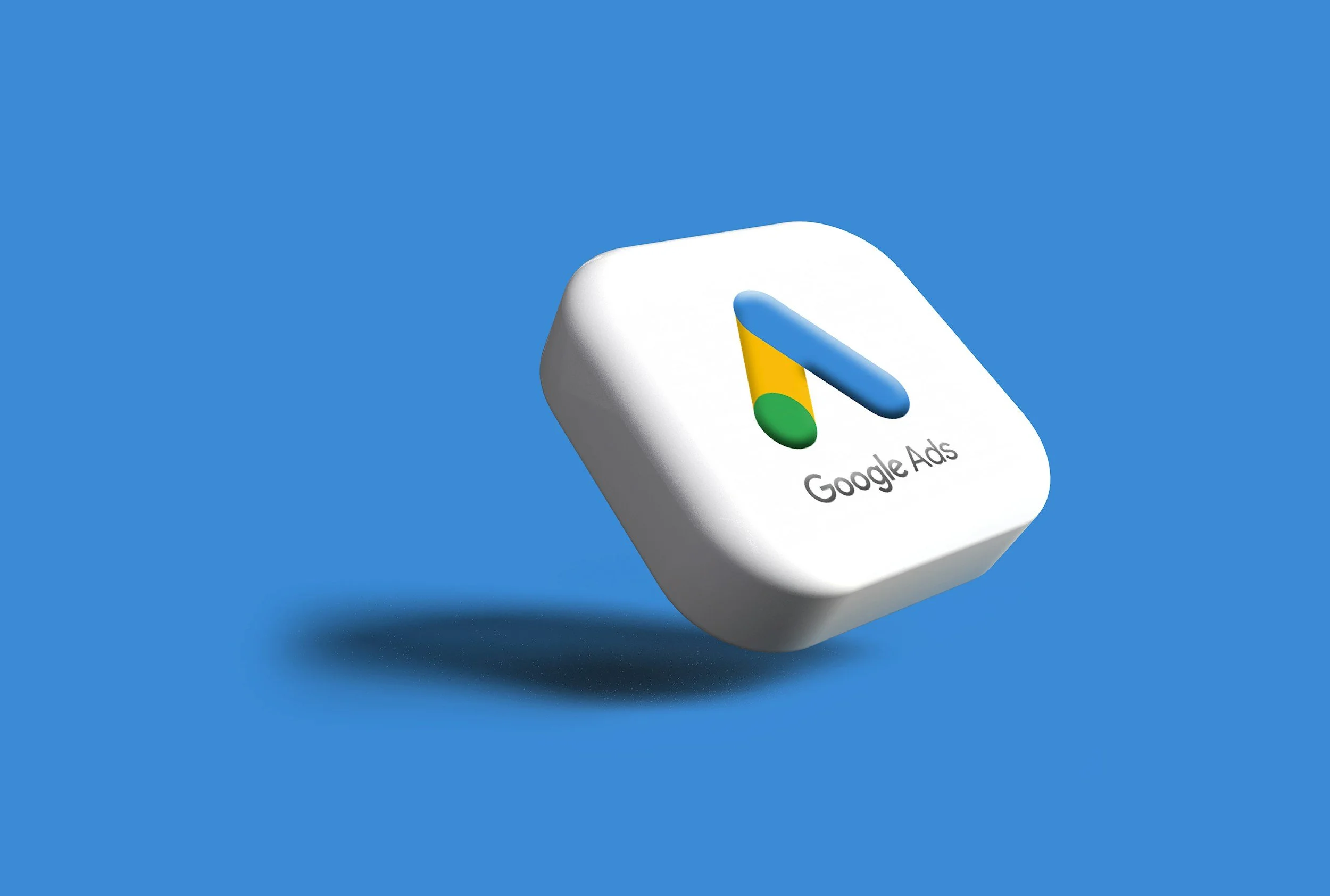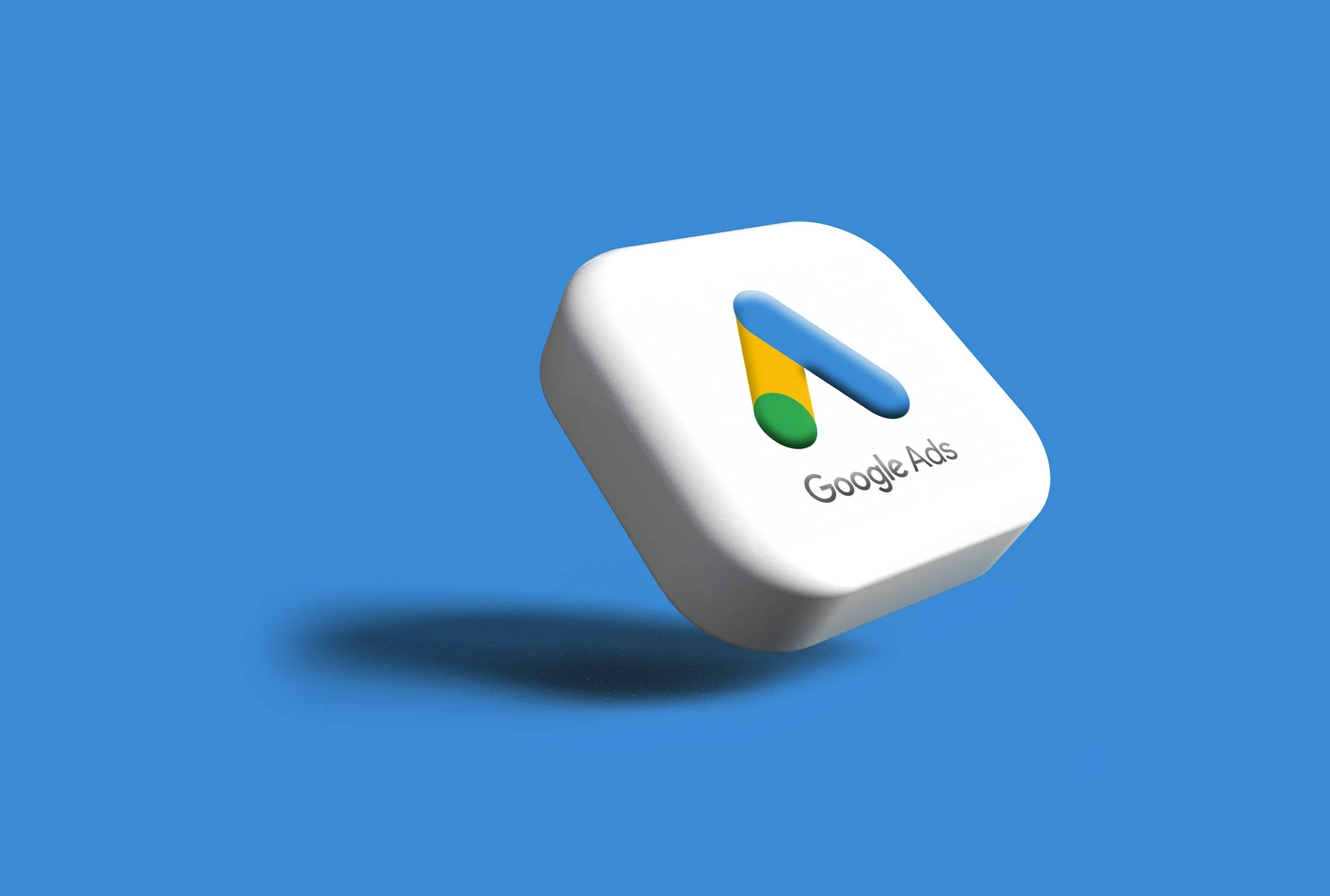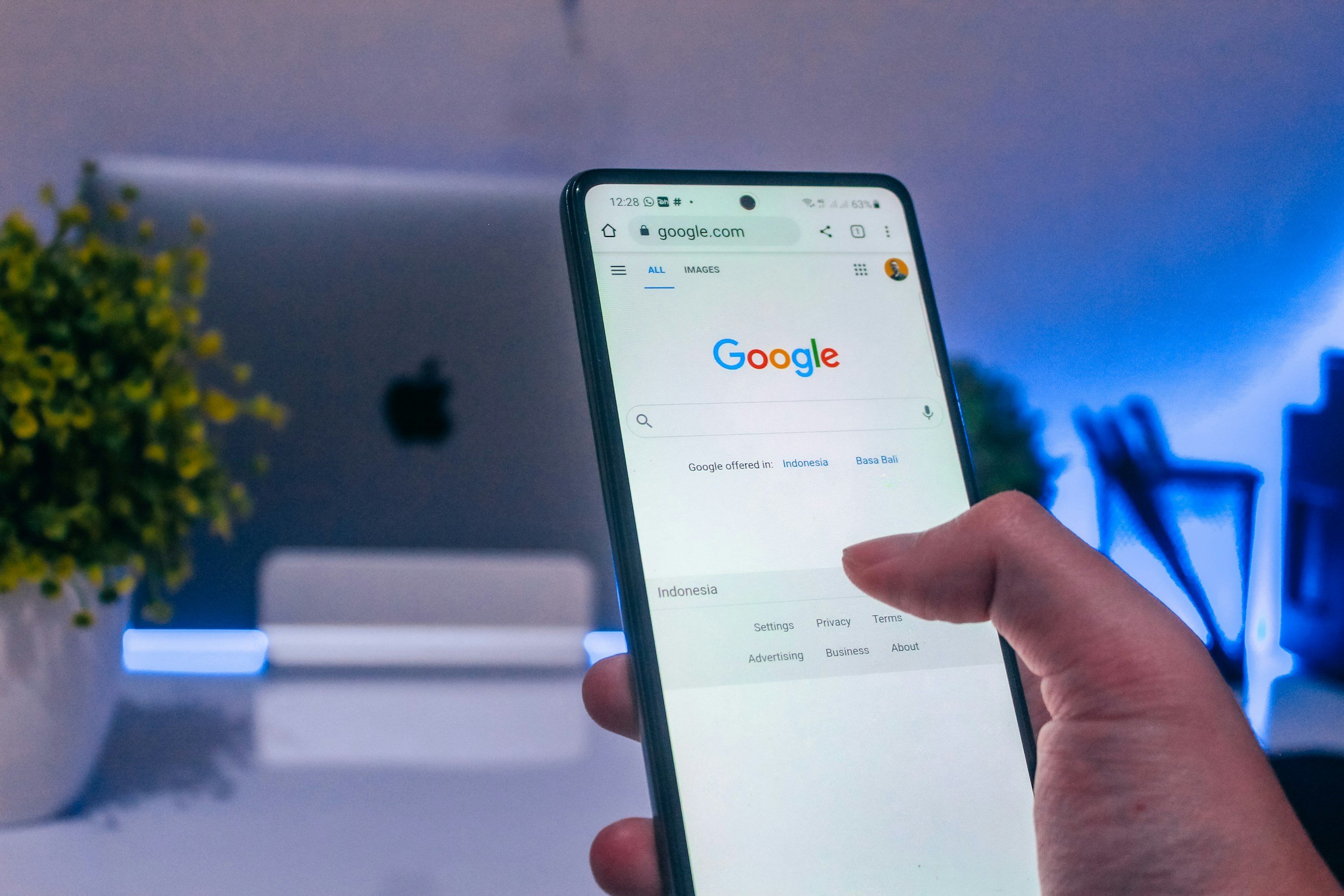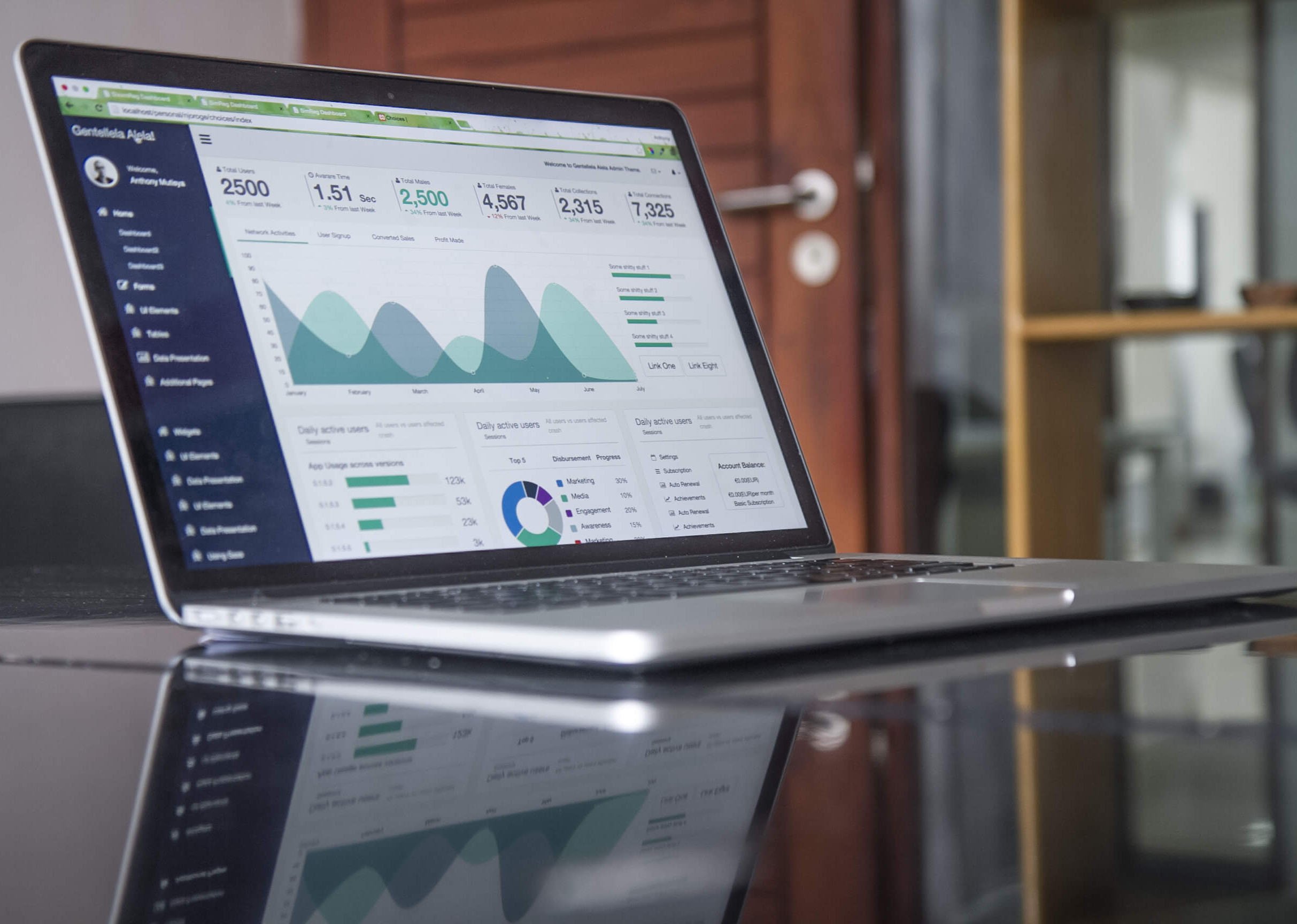How to Advertise on Google
How to Advertise on Google
Key Takeaways
Google Ads Captures Intent: Reach people at the exact moment they are searching for your products or services.
Multiple Formats, One Ecosystem: Search, Display, Shopping, YouTube, and Performance Max allow for full-funnel strategies.
Expert Strategy is Essential: With One Day Agency, your campaigns are structured, creative, and ROI-driven.
Google is the world’s largest digital advertising platform and remains the backbone of most brands’ performance marketing strategies. With over 90% search market share and billions of daily users, Google offers advertisers unparalleled reach and intent-driven targeting. Through Google Ads, brands can run campaigns across search, display, shopping, YouTube, and more — reaching customers at the exact moment they are searching, browsing, or ready to buy.
In this guide, we’ll break down how to advertise on Google, covering campaign types, targeting, budgeting, measurement, and how to get the most out of the platform.
1. Why Google Ads?
Google Ads is unique because it captures intent. Unlike most advertising platforms where you push messages out to audiences, Google lets you respond to customers actively looking for products or services.
Key advantages include:
Massive Reach: Billions of searches every day and vast display network coverage.
Intent-Based Targeting: Ads shown to people actively searching for relevant keywords.
Full Funnel Options: From awareness (YouTube) to conversion (Search/Shopping).
Measurable ROI: Track clicks, conversions, and sales in detail.
Flexibility: Works for local SMEs and global brands alike.
2. Google Ads Campaign Types
Google Ads offers multiple campaign types, each serving different objectives:
Search Ads
Text ads shown in Google search results when users search for keywords relevant to your business. Best for capturing high-intent demand.
Display Ads
Banner ads served across millions of partner websites, apps, and Gmail. Best for awareness, retargeting, and visual storytelling.
Shopping Ads
Product-based ads with images, pricing, and retailer details. Perfect for e-commerce brands looking to drive sales directly from search.
Video Ads (YouTube)
Pre-roll or mid-roll video ads on YouTube. Great for brand storytelling, awareness, and reaching audiences at scale.
Performance Max Campaigns
Google’s all-in-one automated campaign type, using AI to optimise placements across Search, Display, Shopping, YouTube, and Gmail simultaneously.
App Campaigns
For promoting mobile apps across Google Play, Search, YouTube, and Display.
3. Targeting Options
Google’s strength lies in its advanced targeting. Advertisers can refine campaigns by:
Keywords: Specific terms searched by users (search intent).
Demographics: Age, gender, household income.
Geography: Country, city, or even radius around a location.
Device: Desktop, mobile, tablet.
Audiences: Interest-based, in-market segments (people actively researching products), remarketing lists.
Custom Segments: Tailor audiences by URLs, apps, or keywords that reflect competitor activity.
For local businesses, geo-targeting can focus spend on a specific town or postcode, while global brands can scale campaigns internationally.
4. Budgeting and Bidding
Google Ads works on an auction system, where advertisers bid to have their ads shown. Budgets are flexible and can be set daily or by campaign.
Bidding Strategies include:
Manual CPC: Set maximum cost-per-click bids manually.
Automated Bidding: Let Google optimise bids for clicks, conversions, or impression share.
Target CPA (Cost per Acquisition): Google adjusts bids to hit a set acquisition cost.
Target ROAS (Return on Ad Spend): Focuses on maximising revenue at a specific ROAS.
Entry budgets vary, but many businesses start with as little as £500–£1,000 monthly on search, while large e-commerce campaigns can run into six- or seven-figure monthly spends.
5. Creative Requirements
Each Google Ads campaign type requires specific creatives:
Search Ads: Headlines, descriptions, and ad extensions (e.g. sitelinks, call buttons).
Display Ads: Images, logos, responsive assets.
Shopping Ads: Product feed with images, titles, descriptions, and pricing.
Video Ads: YouTube-ready video content, usually 6–30 seconds.
Consistency in messaging across formats is key, ensuring your brand feels cohesive across search, display, and video.
6. Measurement and Optimisation
Google Ads provides detailed reporting and analytics. Key metrics include:
Impressions and Clicks: Basic visibility and engagement.
CTR (Click-through Rate): The percentage of people clicking after seeing your ad.
Conversions: Purchases, sign-ups, downloads, or other key actions.
Quality Score: Google’s assessment of ad relevance, expected CTR, and landing page quality.
Cost Per Conversion / ROAS: The ultimate measure of campaign efficiency.
Optimisation involves refining keywords, adjusting bids, testing creatives, improving landing pages, and continually reallocating spend towards top-performing campaigns.
7. Common Pitfalls
Many advertisers waste money on Google Ads by:
Bidding too broadly on generic keywords without refining targeting.
Ignoring negative keywords (preventing irrelevant clicks).
Driving traffic to poorly optimised landing pages.
Relying solely on automation without human oversight.
Not tracking conversions properly.
Success requires both technical rigour and creative thinking.
8. Opportunities and Trends
AI and Automation: Google is pushing automation through Performance Max campaigns, but human strategy is still vital.
First-Party Data: With third-party cookies fading, brands using CRM data in Customer Match lists have an edge.
Video and YouTube: Consumption continues to grow, making video ads a crucial channel for awareness and conversion.
Shopping and Retail Media: Google Shopping remains one of the most direct paths to e-commerce sales.
How One Day Agency Can Help
At One Day Agency, we combine creative, data, and media buying expertise to make Google Ads campaigns not only efficient but also strategically impactful.
We help brands:
Structure and manage Google Ads accounts for clarity, efficiency, and scalability.
Optimise search, display, shopping, and video campaigns, balancing automation with human insight.
Develop creative assets that cut through, from compelling ad copy to optimised video.
Leverage advanced strategies like Performance Max, remarketing, and custom audiences.
Integrate Google Ads with other channels, ensuring TV, OOH, and social campaigns are amplified in search and display.
Track ROI with precision, using advanced analytics and attribution.
Looking for a PPC agency in Manchester? Get in touch today. Whether you’re a start-up looking to generate leads or a global brand scaling e-commerce, One Day ensures your Google Ads spend works harder and delivers measurable growth.






